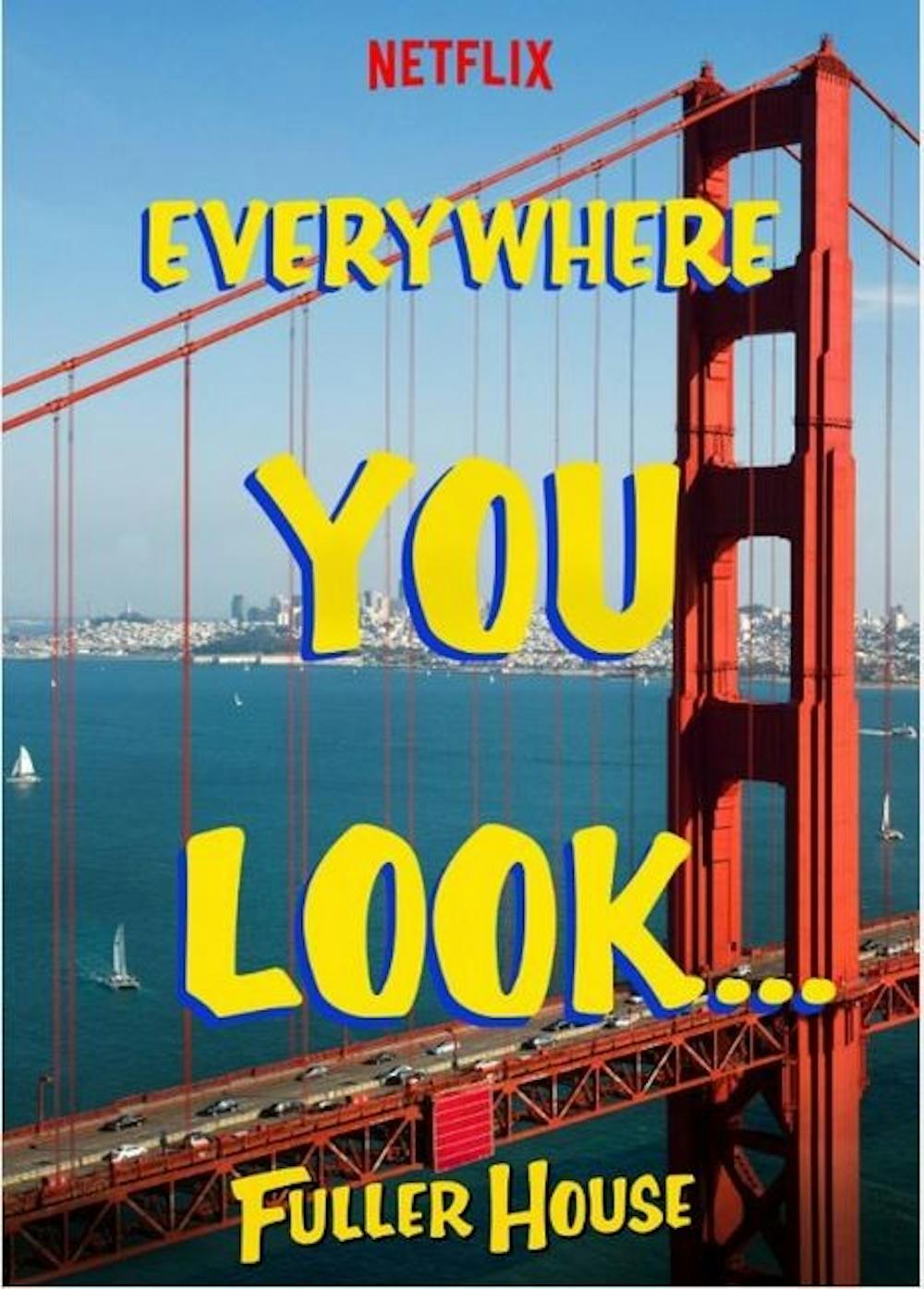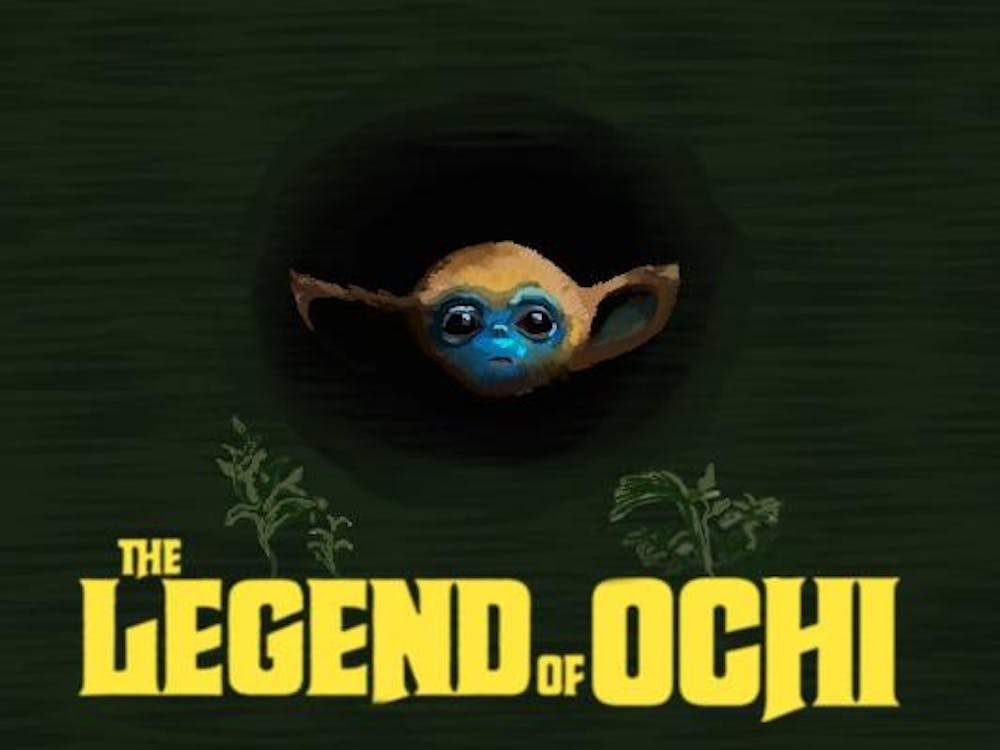Why does “Fuller House” exist? No seriously, why in our crowded and sophisticated television landscape would a show so insipid even be made?
Yet the show exists, and it was recently renewed for yet another season of mediocre jokes and cringe-worthy characters.
On paper, “Fuller House” would seem like a fun outing. It is essentially a sequel series to the hit late-80s and 90s sitcom “Full House.”
“Full House” ran for eight seasons, kickstarted the careers of John Stamos and Bob Saget and introduced the world to the Olsen twins. The story of “Full House” centered on the house of Danny Tanner (Saget) as his friend and brother-in-law move in with him to help raise his three daughters after the death of his wife.
“Fuller House” follows the children from “Full House,” who eerily face the same exact story of the original series. In “Fuller House,” the oldest daughter D.J. Tanner-Fuller’s (Candace Cameron Bure) husband dies, and her sister and best friend move into her home to help raise her three sons. As you can see by the premise of “Full House,” the show is painfully unoriginal.
Tonally, the show is all over the map. Despite attempting to be the updated version of “Full House,” the humor already feels dated by a few years. The writers continuously make references to online dating sites and how kids are so addicted to technology, and they will even throw in an Uber joke to show the cool and modern writing. The show feels like a subpar Disney Channel product with lots of alcohol jokes.
The three leads of “Fuller House” are not nearly as charismatic as the three leads of the original series. Candace Cameron Bure is surprisingly likeable, but ultimately she and the other two female leads, Jodie Sweetin and Andrea Barber, don’t have the acting or comedic chops necessary to carry the show. The kids are also extremely dull, with the exception of Elias Harger, who plays D.J.’s middle son Max and is actually — believe it or not — funny.
This is, of course, a comedy, and nobody is expecting the most realistic of stories, but some plots were especially awful. For example, in one episode, D.J. Tanner-Fuller goes to watch a wrestling match with her kids and ends up in the wrestling ring absolutely destroying the Mexican wrestlers. Is D.J. actually a secret underground wrestler? Who knows.
The show is not completely unwatchable, but it is certainly not something anyone would want to binge. At its best, “Fuller House” makes for a fun talking point as it plays softly in the background. At its worst, “Fuller House” is utterly embarrassing — embarrassing for everyone involved in making the show and embarrassing as a viewer sitting through it.
“Fuller House” tries to be a ridiculously fun comedy, but in reality it is only one thing: ridiculous. The one feeling after watching this first season is simply regret. The show desperately wants to be as successful as the original, but in actuality, it feels like a parody. With outdated jokes and a mediocre cast, “Fuller House” is a show that never needed to happen.







